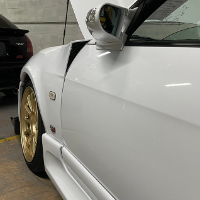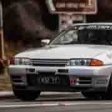RB26 Block Filler rigidity/deflection test
Announcements
-
Similar Content
-
Latest Posts
-
FWIW, looks like there is one here: https://auctions.yahoo.co.jp/jp/auction/g1199091280 Jesse Streeter could help if that is what you are after
-
Interesting. I still think they are the result of impact damage somewhere along the line, but clearly lightning has stuck thrice! I've still got the original ones on my race car and they have had some hard work.
-
Just had this happen to me too. R32 GTR. Also broke "just before going out onto the track" - someone up there is looking out for us... Very scary since I was about to do a narrow street course with zero run-off and curbs everywhere. Many people on here upgrading to billet uprights and R35 bearings? Or buying new OEM knuckles? I am not keen to replace with another s/h 30 year old fatigued part.



Recommended Posts
Create an account or sign in to comment
You need to be a member in order to leave a comment
Create an account
Sign up for a new account in our community. It's easy!
Register a new accountSign in
Already have an account? Sign in here.
Sign In Now